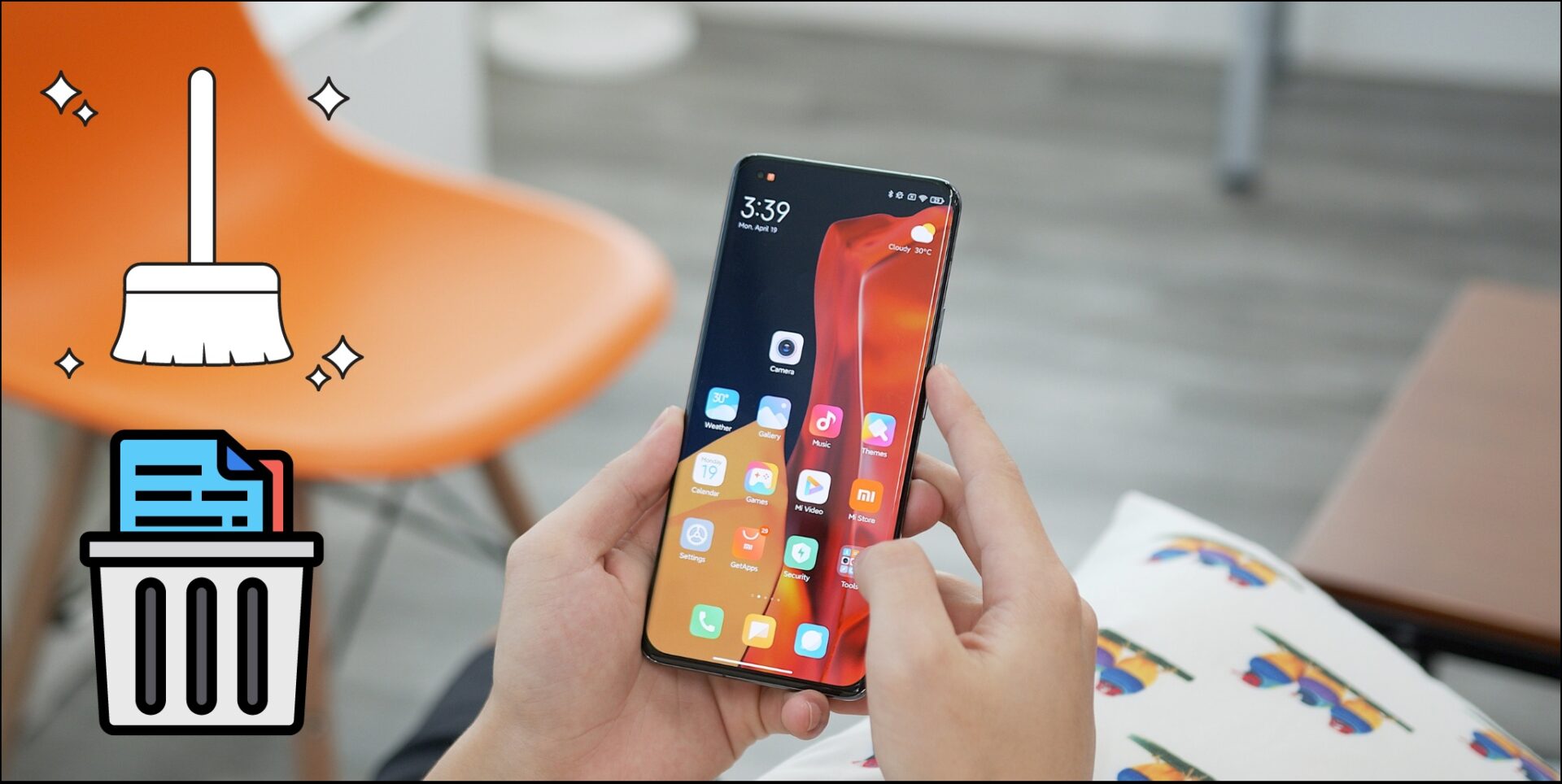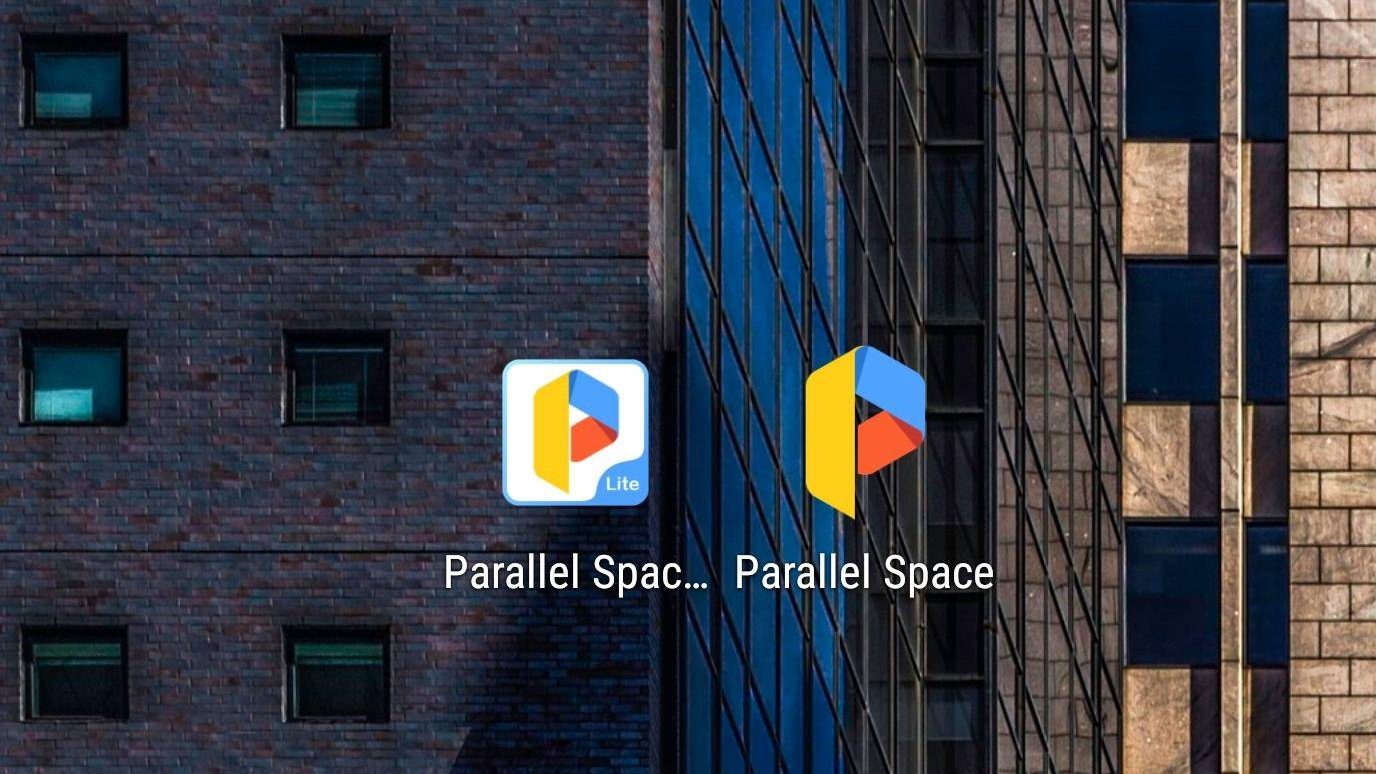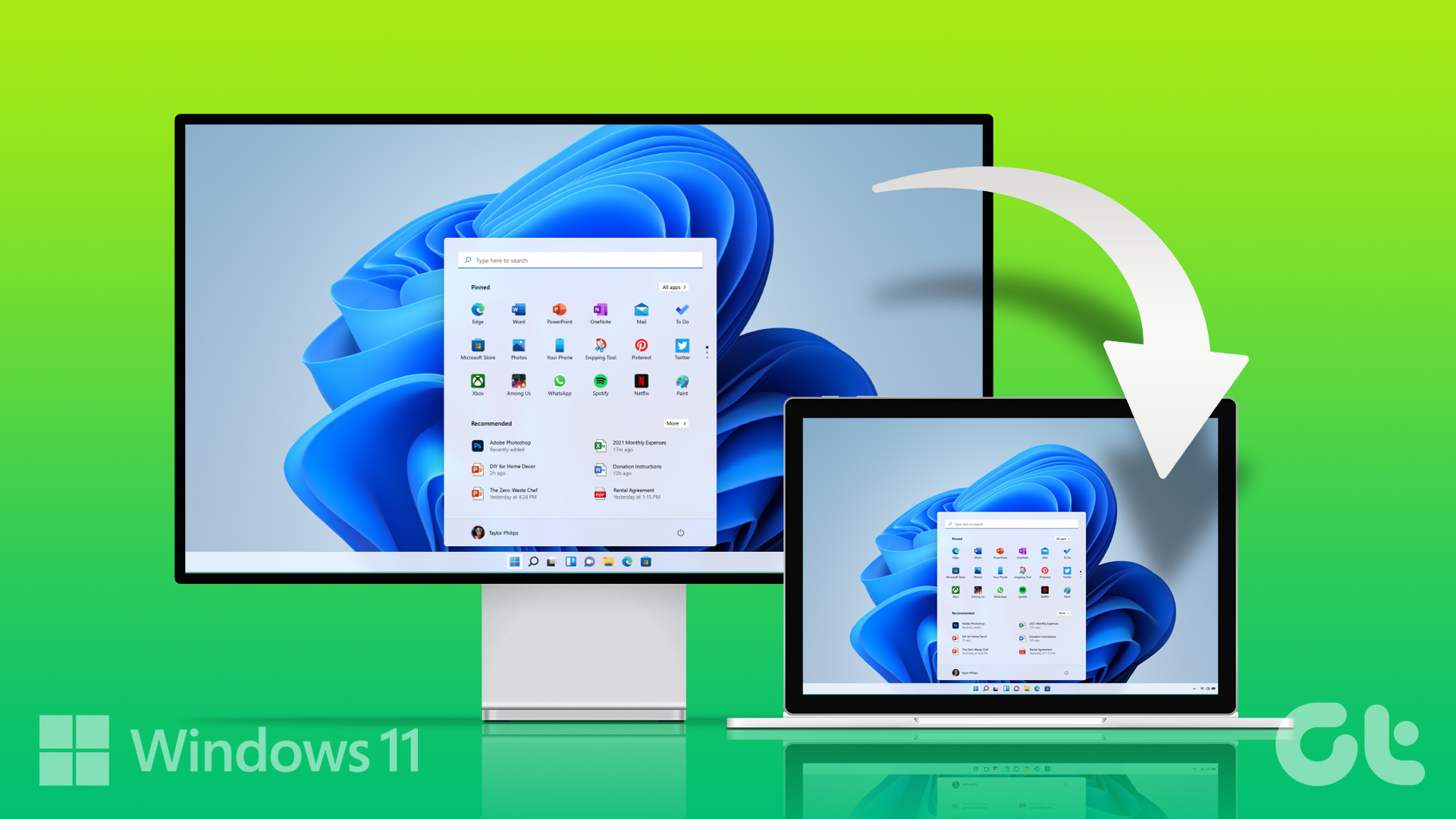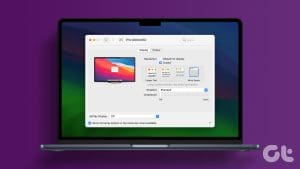Xiaomi’s Second Space is probably MIUI’s best feature. It creates a whole new space on your phone, where you can set up a new profile from scratch with its apps and even system settings. That offers a lot of practicality but is available on Xiaomi phones only. What about others? That’s why we will discuss MIUI Second Space alternatives today.

There are a few apps available with some OEMs providing their custom solutions. Let’s take a look at all possible ways we can get this feature on smartphones that don’t run on MIUI.
1. Guest User
Guest Mode is a built-in feature that comes with all stock Android versions. It allows you to create a new user profile that works very similar to how Windows Guest Mode works. Useful when you are sharing or handing over your phone to someone else.

The person using the Guest Mode will not be able to access your photos, videos, apps, or other details stored and associated with your main profile. It works similar to how Second Space works on MIUI. Same thing, different name. Some OEMs like Samsung do make some changes in Guest Mode, but for the most part, they function as advertised.
What is worth noting here is that with Second Space, you can only create one other space. Guest Mode allows you to create more than one user account, which is even more useful if you have two kids in the house.
2. Calc Vault
Another way is to use an app like Calc Vault. It appears to be a calculator on the front and a functioning one at that. But, when you key in a specific series of numbers, it will unlock a hidden area.
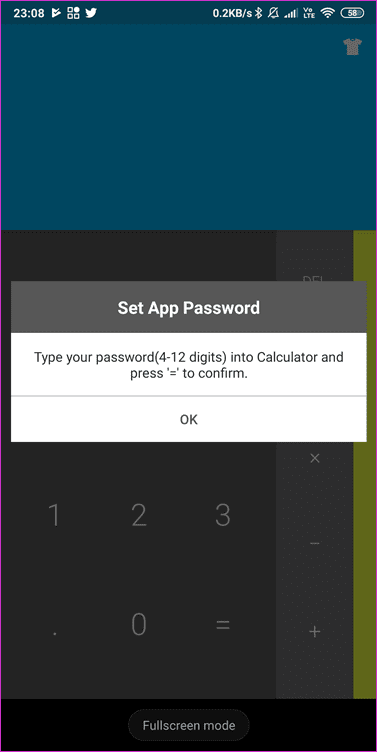

You can save your sensitive photos, videos, and other files here, and no one will ever know. Even if they do open the app, all they will see is a calculator. Let them use it. There is also a browser that you can use. And you don’t need to worry about deleting user history here. Files downloaded through this browser will be directly saved inside the app.
While most OEMs offer app lock feature these days, Calc Vault also offers one. Useful if you are rocking an older version of Android.
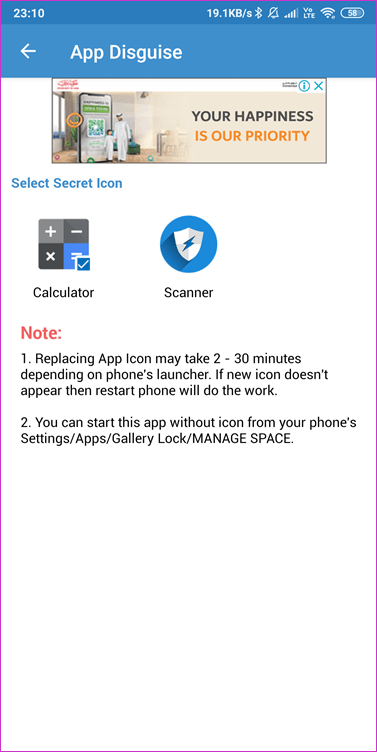
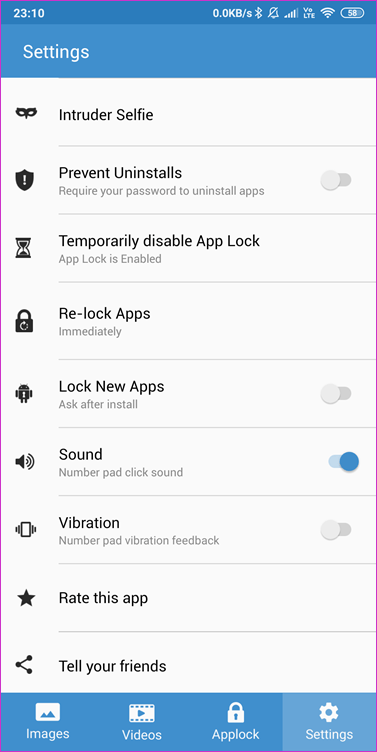
To make things even more interesting, you can create a fake vault with fake data too. Useful for pranking friends who are as nerdy as you are and know a fake app when they see one. After all, you’re not the only one reading our guides. Almost forgot, you can’t uninstall the app without unlocking it first. There are quite a features to explore here.
3. Parallel Space
Second Space not only allows you to protect your files and data but also lets you sign in to same apps using a different user name. That means you can use two WhatsApp numbers simultaneously. Quite similar to Dual Apps, another MIUI exclusive feature.

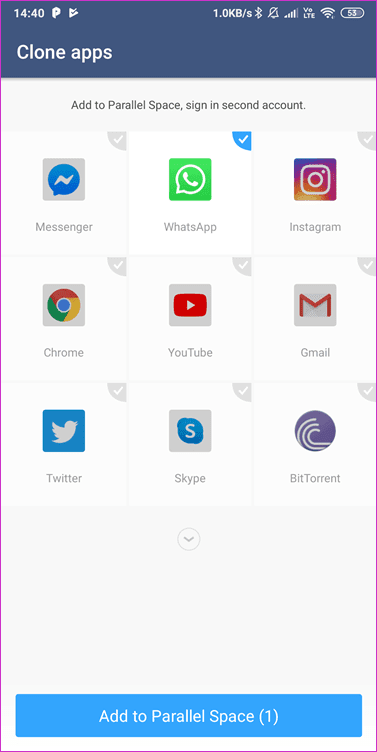
Fret not, because you can get this feature as well by downloading and installing Parallel Space app. It will allow you to clone any app and use it to sign in to another account.
Fun Fact:4. Multi Parallel
Multi Parallel takes things to the next level. Like Dual Apps that comes pre-installed on all Xiaomi smartphones, Multi Parallel lets you clone an app. But that’s what Parallel Space can also do. True, but this app will also let you lock that cloned app. How’s that?
Do you lead a double life? Are you a real-life spy? Maybe just naughty enough to need two accounts and hide one from someone? Clone your favorite social media or even gaming app and protect the other from prying eyes.
Tap on the ‘+’ icon to add or clone any app. There are some handy shortcuts here. Tap on Clone now.

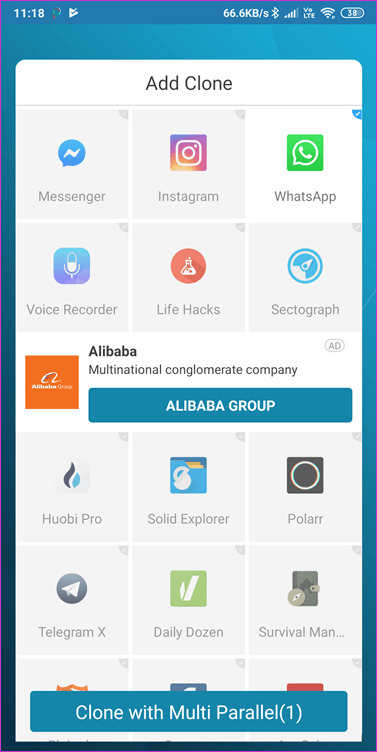
Tap on Settings icon and select Lock Settings to set a lock, which can be a pattern or fingerprint.
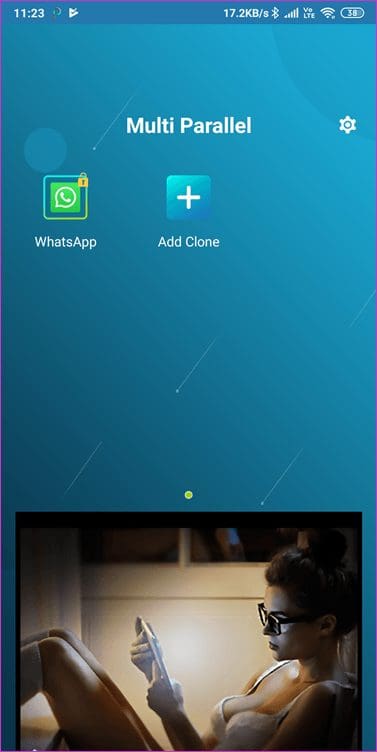

When you enable the Quick Switch option, you will see a bar in the notification area with your most recently used cloned app shortcuts — easy way to switch quickly.
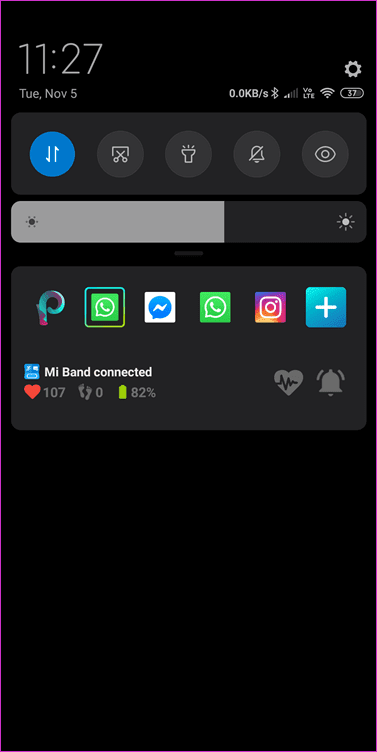
Two Is a Company
Second Space and even Dual Apps is a cool feature that Xiaomi offers, but there are ways to replicate the same features on pretty much all Android phones. Some manufacturers like Vivo also provide the ability to clone apps themselves. Most manufacturers are now shipping phones with OEMs that are closer to Stock Android. That means Guest User Mode.
Next up: Want to know more about the key differences between Stock Android and MIUI? Click on the link below to learn more.
Was this helpful?
Last updated on 07 February, 2022
The article above may contain affiliate links which help support Guiding Tech. The content remains unbiased and authentic and will never affect our editorial integrity.


